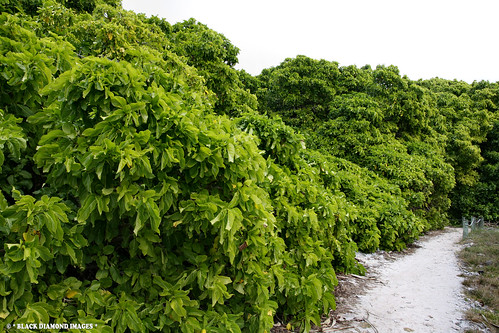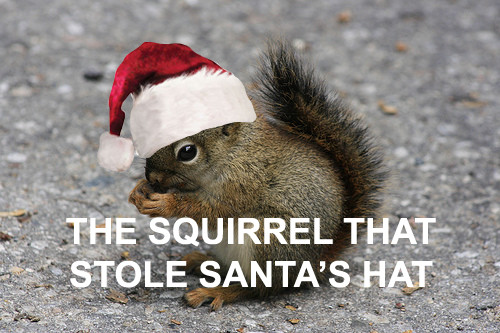Anyway, rant over, you're probably here to read about invasive species. Today's piece is gonna full of seasonal cheer, but factual and sciency and stuff at the same time. A real Christmas cracker you could say!
To make the piece extra festive, I thought where better to rankle a case study from than Christmas Island itself! In my mind, it's permanently snow covered, the lamp posts are candy canes and everyone gets merry with Pierre Noel himself at the local on Friday night.
 |
| Merrrrry Christmas!!! First round of samichlaus is on him! |
 |
| Location map of Christmas Island |
Pu. urbicola is a honeydew producing scale insect and notoriously destructive invader (Gaigher et al., 2011). It has great reproduction potential and can become widespread on tropical islands And here's the Christmas crisis... it's been detected on Christmas Island (Neumann et al., 2014)! Oh no!
 |
| Pulvinaria urbicola, the scoundrel desecrating Christmas Island. |
And the situation is bad. Christmas Island has experienced a large-scale ecosystem 'meltdown' (O'Dowd et al., 2003) as a result of interactions between scale insects, such as Pu. urbicola, and invasive yellow crazy ants.
Honeydew producing insects are a major problem. Not only do they themselves damage plants, they serve as mutualistic partners for invasive ants, exacerbating their impacts (Abbott and Green, 2007). Large populations of scale insects cause forest dieback, while increased honey dew levels facilitate the yellow crazy ants.
The ants themselves cause rapid, catastrophic shifts to tropical forests, affecting at least three trophic levels (O'Dowd et al., 2003). They extirpate red land crabs, the dominant omnivorous forest floor consumer, overwhelming them by their sheer numbers and bump them off by spraying formic acid into their eyes and mouths. The ants then occupy burrows and consume resident crabs. Starting to see where the 'crazy' bit of their name comes from...
The loss of crabs caused by this invader indirectly releases pressures on seedling recruitment and slows litter breakdown. The impact of which can be prettyyyyy big.
 |
| Impacts of the yellow crazy ant (a) shows an univaded site, maintained by foraging red land crabs (b) shows a site 1-2 years after invasion. |
Pisonia grandis forests are important to the island ecosystem, providing nesting and roosting habitats for sea birds and regulating understory vegetation. However, the tending of Pu. urbicola by invasive ants is implicated in the dieback and decline of Pisonia Grandis (Neumann et al., 2014). Climate change is also implicated in the forest decline, but there is strong evidence this is a secondary factor.
 |
| A Pisonia Grandis forest |
So Christmas Island is facing a tricky situation, with three species seemingly intertwined in the threats faced by the Island's forest ecosystem. These interactions make the situation even harder to manage, but a biological control programme for Pu. urbicola on Christmas Island is underway.
I hope it proves to be successful, but am unsure of the effects that extirpating Pu. urbicola will have on the yellow crazy ant, which seems to be the greater issue... we can only wait and see what happens.
So that wasn't as festive as I'd hoped... I mean, a story about crabs being sprayed with acid and forests dying doesn't really embody the spirit of Christmas. I think that needs fixing...
Do you remember the piece I did earlier this year on the decline of red squirrels due to the invasive greys? Well those greys have now reached Santa Claus himself, and one cheeky little blighter has even stolen his hat! They really are causing havoc everywhere it seems!
 |
| The most heinous of crimes. |
Merry Christmas
The Invader Inspector
No comments:
Post a Comment